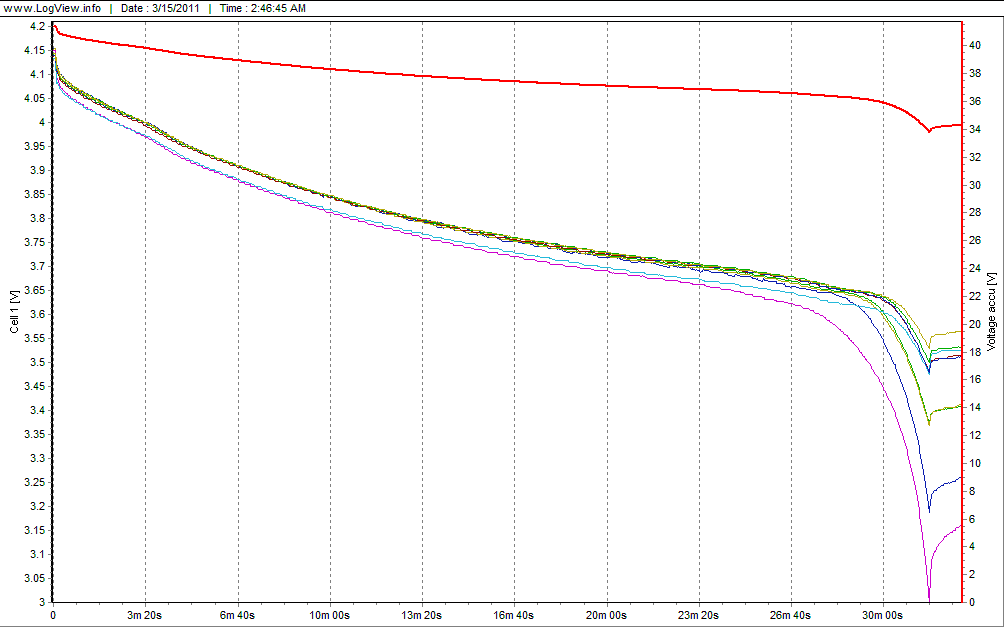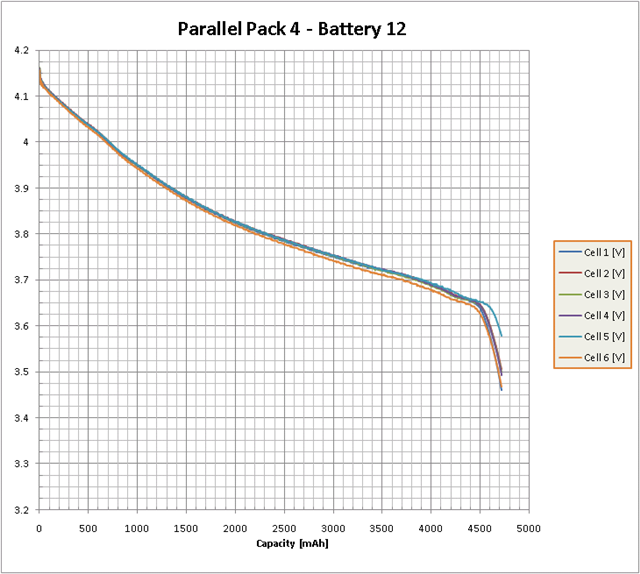Alan B
100 GW
aaronski said:Hey, Alan, how does that work?
Lets say I have 72v pack running drawing 10 amps from the battery, thats 720 watts of power, and I'm at 1/4 throttle cruising at 15 mph. I was under the impression that the controller would convert 72v dc to a 3 phase AC wave at 72v, and use PWM to turn it on/off rapidly to clip the amps to whatever my motor needs to run at that speed.
Am I wrong? is it converting it so 36v at 20 amps to match the KV winding of the motor at that speed? or something else entirely?
Closer to the latter. The PWM is driving a pair of coils in the motor with PWM, and the motor voltage generated will be enough higher than the back EMF to cause the phase current to flow, and the power is mostly conserved. If it exactly matched the back EMF you would be 'power coasting' and there would be very little current flow. That would be the point on the throttle where the motor "just starts" to accelerate. As the motor commutates this "DC" output switches around to the six different current/winding configurations required to run the motor. It is like a buck type DC-DC converter dropping the voltage down and generating increased phase current.



